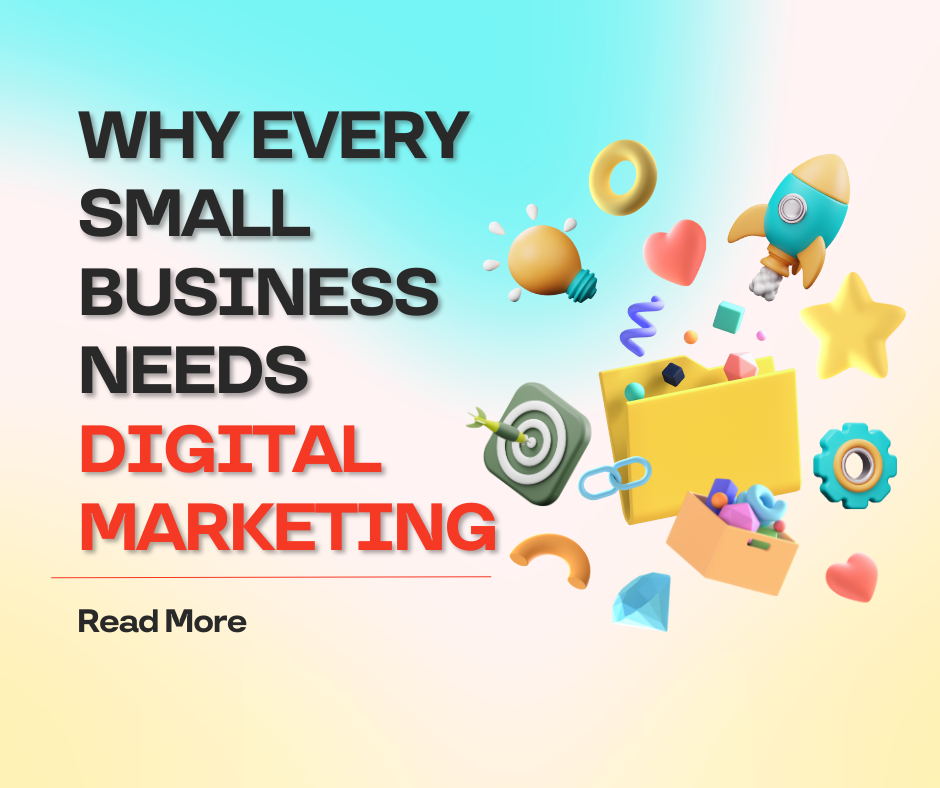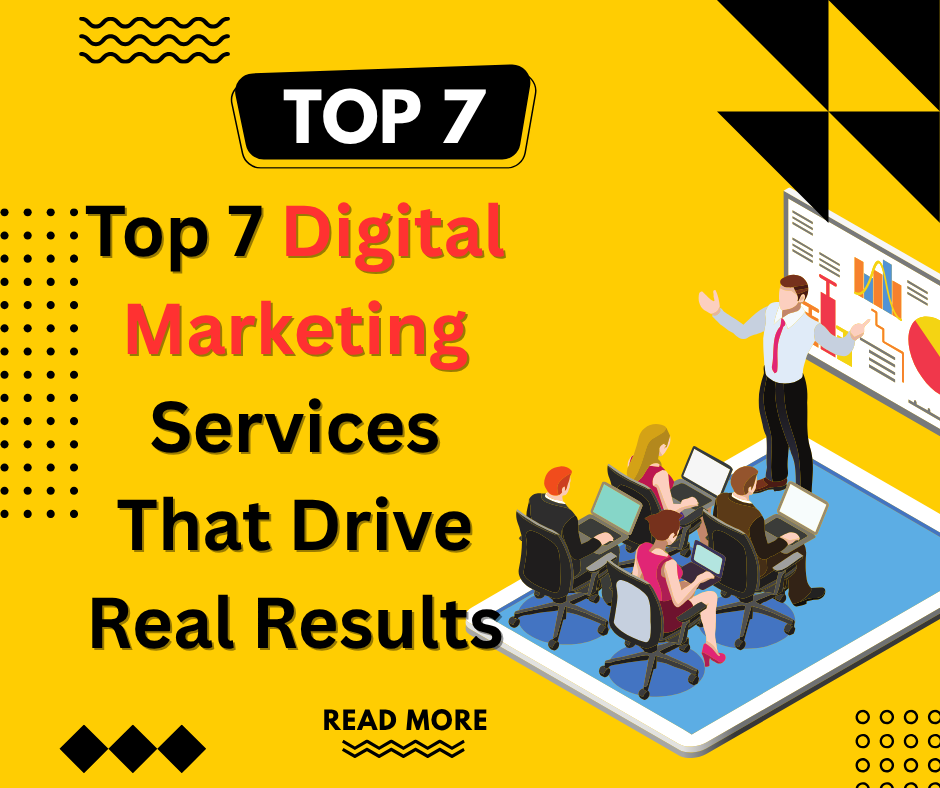Introduction
Facebook Ads vs Google Ads represents one of the most critical decisions facing businesses today when choosing their primary advertising platform. Both platforms dominate the digital advertising landscape, but they serve fundamentally different purposes and excel in distinct areas.
The choice between these paid advertising platforms can significantly impact your marketing budget, campaign performance, and overall business growth. Google Ads captures users actively searching for solutions, while Facebook Ads excels at creating demand and building brand awareness among targeted audiences.
Understanding the strengths and limitations of each platform is essential for making informed advertising decisions. Factors like your target audience, business goals, budget constraints, and industry type all influence which platform will deliver better results for your specific situation.
This comprehensive digital advertising comparison will analyze both platforms across key metrics including cost, targeting capabilities, ad formats, and performance potential to help you determine the best fit for your business objectives.
What Are Facebook Ads and Google Ads?
Facebook Ads vs Google Ads fundamentally differs in their approach to reaching potential customers. Google Ads operates as a search-based advertising platform where businesses bid on keywords to display ads when users actively search for related terms, products, or services.
Facebook Ads, part of Meta’s advertising ecosystem, focuses on social media advertising by leveraging detailed user data to display ads based on demographics, interests, behaviors, and social connections. This platform includes Instagram, Messenger, and Audience Network placements.
Google Ads targets users contextually based on keywords and search intent, while Facebook serves ads based on detailed user data like demographics, interests, and online behaviors.
The key distinction lies in user intent and timing. Google Ads captures “pull” marketing by reaching users who are actively seeking solutions, while Facebook Ads represents “push” marketing by introducing products or services to users who may not be actively searching but fit your ideal customer profile.
Both platforms offer sophisticated targeting options, detailed analytics, and various ad formats, but their core methodologies and user experiences differ significantly. Understanding these differences is crucial for developing effective advertising strategies.
5 Key Factors to Compare Facebook Ads vs Google Ads
1. Targeting Capabilities and Audience Reach
Google Ads excels at intent-based targeting, allowing businesses to reach users at the exact moment they’re searching for relevant solutions. Google Ads are particularly effective at targeting intent, as users actively looking for information, solutions, or products have clear intent that you can capitalize on.
Facebook Ads offers superior demographic and interest-based targeting, leveraging Meta’s extensive user data collection. You can target users based on age, location, interests, behaviors, life events, and even lookalike audiences based on your existing customers.
Google’s targeting relies heavily on keywords, location, device type, and basic demographics. While effective for capturing search intent, it provides less granular audience insights compared to Facebook’s detailed user profiles.
Facebook’s targeting allows for more creative audience segmentation, including custom audiences from website visitors, email lists, and app users. This enables sophisticated retargeting campaigns and lookalike audience creation.
2. Cost Structure and Budget Requirements
Facebook Ads cost less per click on average than Google Ads, with a typical CPC around USD 0.29 as of 2025, making it more accessible for businesses with limited budgets.
Google Ads typically has higher cost-per-click rates, especially for competitive keywords, but often delivers higher-intent traffic that converts more readily. The investment may be higher, but the return on ad spend can be more immediate.
Facebook Ads allow for more flexible budgeting with lower minimum spends, making it suitable for small businesses testing different approaches. The platform also offers various optimization objectives beyond just clicks.
Budget allocation depends on your business model and goals. Service-based businesses often find Google Ads more cost-effective for lead generation, while e-commerce brands may benefit from Facebook’s visual advertising formats.
3. Ad Formats and Creative Options
Facebook Ads provides diverse creative formats including image ads, video ads, carousel ads, collection ads, and interactive experiences. These formats excel at storytelling and showcasing products visually.
Google Ads offers text-based search ads, display ads, shopping ads, video ads on YouTube, and app promotion ads. Search ads focus on compelling copy rather than visual elements.
Facebook’s visual nature makes it ideal for brands with strong visual content, lifestyle products, or businesses targeting younger demographics who engage more with multimedia content.
Google’s text ads require strong copywriting skills and clear value propositions that can be communicated concisely within character limits.
4. Conversion Tracking and Attribution
Google Ads provides robust conversion tracking with clear attribution models, making it easier to measure direct ROI and optimize campaigns based on performance data.
Facebook Ads attribution has become more challenging due to iOS updates and privacy changes, but still offers valuable insights into customer journey and multi-touch attribution.
Both platforms integrate with Google Analytics and other tracking tools, but Google Ads typically provides more straightforward conversion data for immediate analysis.
Facebook excels at tracking engagement metrics and brand awareness indicators, while Google focuses more on direct conversion and revenue attribution.
5. User Intent and Customer Journey Stage
Google Ads vs Facebook Ads serves different stages of the customer journey. Google captures users with high purchase intent actively searching for solutions, making it excellent for bottom-funnel conversions.
Facebook Ads excels at top-funnel awareness and consideration stages, introducing your brand to potential customers who may not be actively searching but fit your target demographic.
The timing difference is crucial: Google Ads can generate immediate results from users ready to buy, while Facebook Ads often require longer nurturing cycles but can build larger audiences.
Combining both platforms creates a comprehensive funnel strategy, using Facebook for awareness and Google for conversion capture.
Essential Tools for Managing Paid Advertising Campaigns
Several tools can optimize your Facebook Ads vs Google Ads performance. Google Analytics provides comprehensive tracking across both platforms, helping you understand user behavior and conversion paths from different traffic sources.
Facebook Business Manager centralizes campaign management, audience creation, and performance tracking for Meta’s advertising ecosystem. The platform includes detailed analytics and optimization recommendations.
Third-party tools like AdEspresso, Optmyzr, or WordStream offer advanced campaign management features, automated optimization, and cross-platform reporting capabilities that simplify managing multiple advertising accounts.
Conversion tracking tools like Google Tag Manager, Facebook Pixel, and Conversions API ensure accurate data collection and attribution across both platforms, enabling better optimization decisions.
Heat mapping tools like Hotjar or Crazy Egg help understand how traffic from different sources interacts with your landing pages, providing insights for improving conversion rates.
Common Mistakes in Paid Advertising Platform Selection
Many businesses make the mistake of choosing platforms based on assumptions rather than testing both paid advertising platforms with small budgets to determine which performs better for their specific audience and goals.
Neglecting to align ad platform choice with business objectives represents another common error. B2B companies often perform better on Google Ads, while lifestyle brands may see superior results on Facebook Ads.
Insufficient budget allocation prevents proper testing and optimization. Running campaigns with inadequate budgets on either platform makes it difficult to gather meaningful performance data or achieve optimal results.
Ignoring audience behavior and preferences leads to platform mismatches. Understanding where your target audience spends time and how they prefer to discover new products is crucial for platform selection.
Focusing solely on cost-per-click rather than overall return on investment can lead to poor platform choices. Facebook’s lower CPC might seem attractive, but Google’s higher-intent traffic could deliver better overall ROI.
Frequently Asked Questions
Which platform is better for small businesses with limited budgets? Facebook Ads typically offers lower entry costs and more flexible budgeting options, making it more accessible for small businesses. However, Google Ads might deliver faster ROI if you’re targeting high-intent keywords relevant to your business.
Can I run both Facebook Ads and Google Ads simultaneously? Absolutely. Many successful businesses use both platforms strategically, with Facebook for awareness and audience building, and Google Ads for capturing ready-to-buy traffic. This creates a comprehensive advertising funnel.
Which platform has better ROI for e-commerce businesses? Both platforms can be effective for e-commerce, but the best choice depends on your products and target audience. Visual products often perform well on Facebook, while Google Shopping ads excel for product searches.
How do I decide between Facebook Ads vs Google Ads for my industry? Consider your customer’s buying journey, search behavior, and where they typically discover new products. B2B services often perform better on Google, while consumer lifestyle brands may see better results on Facebook.
Conclusion
The Facebook Ads vs Google Ads decision ultimately depends on your specific business goals, target audience, and marketing objectives. Both platforms offer unique advantages and can be highly effective when used strategically.
Google Ads excels at capturing high-intent traffic and delivering immediate conversions, making it ideal for businesses focused on direct response marketing and lead generation. Facebook Ads provides superior audience targeting and brand building capabilities, perfect for businesses seeking to expand awareness and build engaged communities.
The most successful advertising strategies often incorporate both platforms, leveraging their respective strengths to create comprehensive marketing funnels. Start by testing both platforms with modest budgets, analyze performance data carefully, and allocate resources based on actual results rather than assumptions. Remember that the best digital advertising comparison is the one based on your own business data and performance metrics.
Our Proven 5-Step System to Grow Any Business Online Read More.


